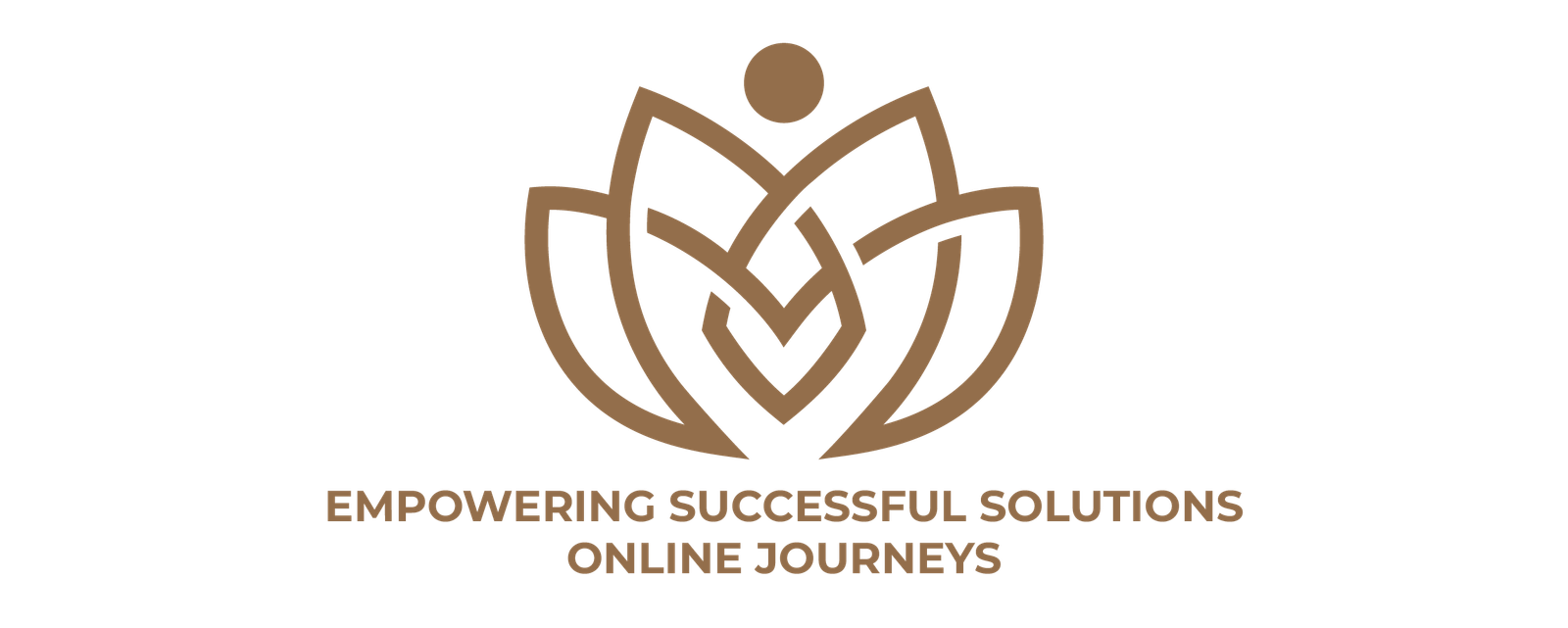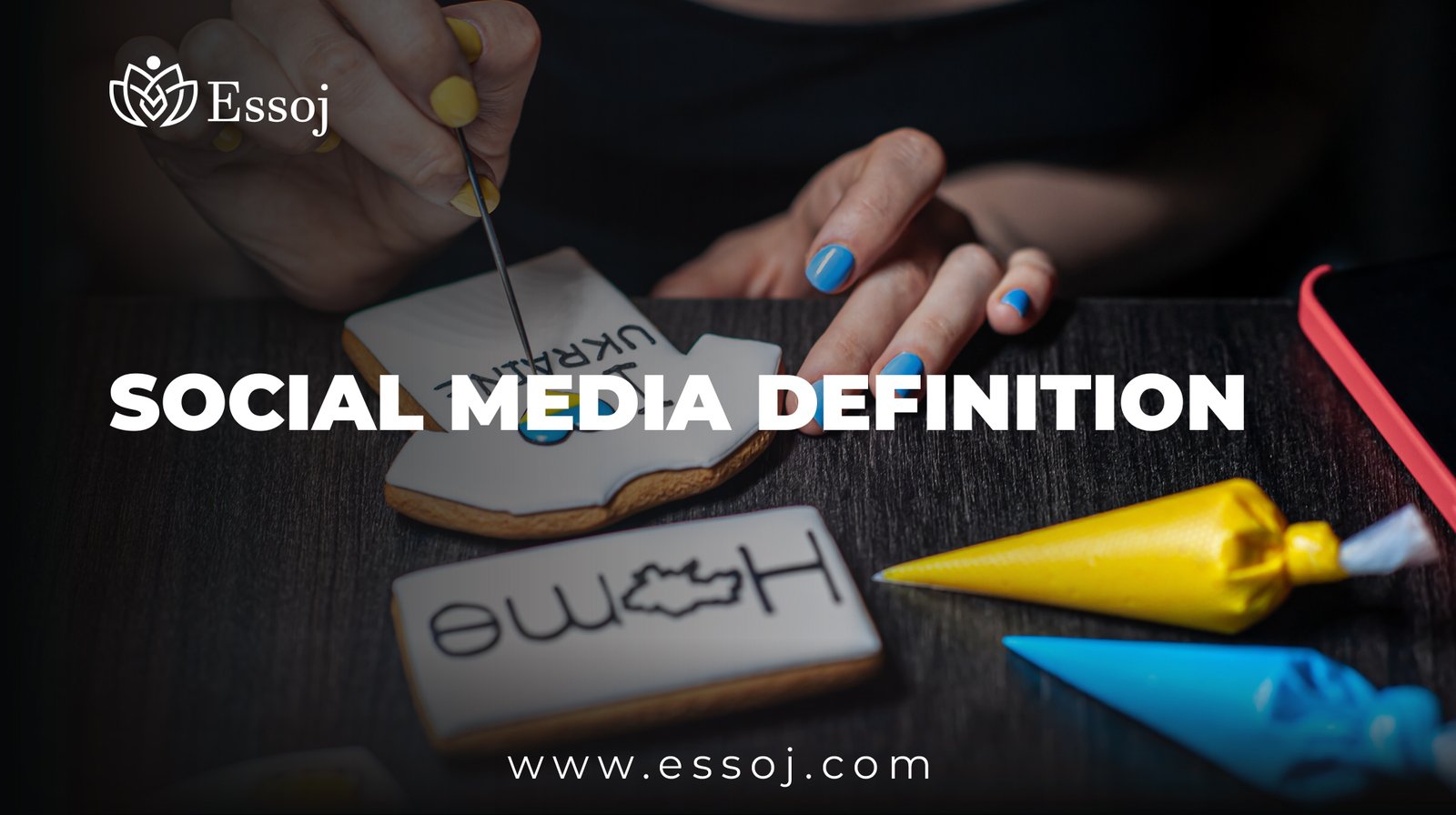In today’s digital world, we often hear about social media, but what exactly does it mean? This article dives deep into the social media definition, its importance in our daily lives, a brief history, and highlights some of the top websites that have shaped the way we connect online.
Whether you are a beginner trying to understand social media or someone looking to get the full picture, this article will give you a clear and easy-to-understand explanation.
What is Social Media? — The Basic Social Media Definition
At its core, social media refers to online platforms and tools that allow people to create, share, and exchange content such as messages, photos, videos, and more. Unlike traditional media like newspapers or TV, social media is interactive and allows for instant communication between users all around the world.
Simply put, social media is a space on the internet where individuals and groups can connect, collaborate, and share information in real-time. It’s this two-way communication that distinguishes social media from other types of media.
Why Understanding the Social Media Definition is Important
Knowing the social media definition is not just about understanding the term—it’s about grasping its impact on society, business, culture, and even politics.
- For Individuals: Social media helps us stay connected with friends and family, discover news, and express ourselves creatively.
- For Businesses: It’s a powerful marketing tool that allows brands to reach and engage with customers directly.
- For Society: Social media shapes public opinion, enables social movements, and influences culture at large.
Because social media affects almost every part of our lives, having a clear social media definition helps us navigate its benefits and challenges wisely.
A Brief History of Social Media: From Early Beginnings to Now
To fully appreciate the social media definition, it’s helpful to look at how it has evolved over time.
The Early Days
The concept of social media began in the late 1990s and early 2000s with simple platforms that allowed basic communication online:
- Six Degrees (1997): One of the first recognizable social networks where users could create profiles and friend others.
- Friendster (2002): Gained popularity by allowing users to connect and share content but eventually declined.
Rise of Major Platforms
As internet speeds improved and technology advanced, social media exploded with platforms we now know and love:
- MySpace (2003): Popularized personalized profiles and music sharing.
- Facebook (2004): Revolutionized how people connect globally, offering rich interaction.
- YouTube (2005): Changed content sharing with video at the forefront.
- Twitter (2006): Introduced microblogging with real-time updates.
Modern Social Media
Today, platforms like Instagram, TikTok, LinkedIn, and Snapchat serve diverse purposes, from visual storytelling to professional networking.
This history shows how the social media definition has expanded from simple online profiles to complex ecosystems with billions of users worldwide.
Top Websites That Define Social Media Today
Understanding social media definition also means knowing the key platforms that embody it. Here are some top websites driving social media trends:
1. Facebook
With over 2.9 billion monthly users, Facebook remains the largest social media platform, connecting people globally and offering tools for messaging, groups, events, and business pages.
2. Instagram
Known for photo and video sharing, Instagram is popular among younger audiences and influencers. Its Stories and Reels features have set trends in visual content.
3. Twitter
Twitter’s real-time updates and trending topics make it a hub for news, politics, and public conversations.
4. LinkedIn
The go-to platform for professional networking, LinkedIn allows users to build career connections and share industry insights.
5. TikTok
A newer giant, TikTok focuses on short, engaging videos and has reshaped how younger generations consume and create content.
Each of these websites offers unique ways to experience social media, showing the diversity behind the simple definition.
How Social Media Works: Breaking Down the Basics
To grasp the full social media definition, it’s helpful to understand how these platforms operate:
- User Profiles: Every user creates a personal profile or page.
- Content Creation: Users share posts, photos, videos, or messages.
- Interactions: Likes, comments, shares, and follows encourage engagement.
- Algorithms: Platforms use complex formulas to show users content they are likely to enjoy or interact with.
- Networking: Users connect by following, friending, or joining groups.
This cycle of creation, interaction, and connection forms the heart of social media.
The Importance of Social Media in Modern Life
Social media isn’t just for fun—it plays an essential role in multiple aspects of life:
- Communication: Instant messaging and video calls keep people connected worldwide.
- Education: Platforms serve as tools for learning and sharing knowledge.
- Business Growth: Brands use social media marketing to grow audiences and increase sales.
- Social Movements: Many movements for social justice have gained momentum through social media outreach.
This widespread impact highlights why understanding the social media definition is vital.
Common Terms Related to Social Media
To better understand the social media definition, here are some key terms:
- Engagement: The interactions users have with content (likes, comments, shares).
- Influencers: Individuals with large followings who can affect opinions and trends.
- Viral Content: Posts that rapidly gain widespread popularity.
- Hashtags: Keywords preceded by a ‘#’ used to categorize and find content.
- Algorithms: Systems that decide what content users see based on behavior.
Knowing these terms helps users navigate social media platforms effectively.
Anecdote: How Social Media Changed Sarah’s Small Business
Sarah, a small handmade jewelry seller, struggled to reach customers locally. After learning about social media and creating an Instagram page, she began posting photos of her products and engaging with potential buyers.
Within months, her follower count grew, and sales started increasing. Sarah’s story shows how social media isn’t just about personal connections—it’s a powerful tool for business growth too.
Step-by-Step Guide: Getting Started with Social Media
If you’re new to social media or want to make the most of it, here’s a simple guide to get started:
Step 1: Choose Your Platform
Decide which social media platform fits your goals. For personal use, Instagram or Facebook are great. For professional networking, try LinkedIn.
Step 2: Create Your Profile
Set up a clear, friendly profile with a photo and bio that tells others who you are.
Step 3: Start Connecting
Follow friends, colleagues, or brands that interest you. Engage by liking or commenting on posts.
Step 4: Share Content
Post photos, videos, or updates to express yourself or promote your business.
Step 5: Stay Consistent
Regular activity helps build your presence and keeps you connected.
Challenges and Concerns Around Social Media
While social media offers many benefits, it also comes with challenges:
- Privacy Issues: Sharing personal information online can lead to risks.
- Misinformation: False news or rumors can spread quickly.
- Addiction: Excessive use can affect mental health.
- Cyberbullying: Negative interactions can harm users emotionally.
Awareness of these issues is essential for responsible social media use.
Final Thought
Understanding the social media definition goes beyond simply knowing what social media platforms are—it involves recognizing the profound impact these tools have on communication, culture, business, and society as a whole. Social media connects billions of people, enabling rapid sharing of ideas and experiences, but it also brings challenges like misinformation, privacy concerns, and mental health effects. By combining practical strategies with supportive conversations rooted in ESSOJ principles—essential social journalism values like honesty, clarity, and respect—we can encourage a healthier, more balanced relationship with social media. Embracing ESSOJ means promoting transparent and ethical communication about social media’s benefits and risks. It also helps foster empathy and understanding among users, encouraging mindful consumption and critical thinking. Ultimately, by applying these values, individuals and communities can leverage social media as a powerful force for good, enhancing our lives while minimizing its potential harms.

